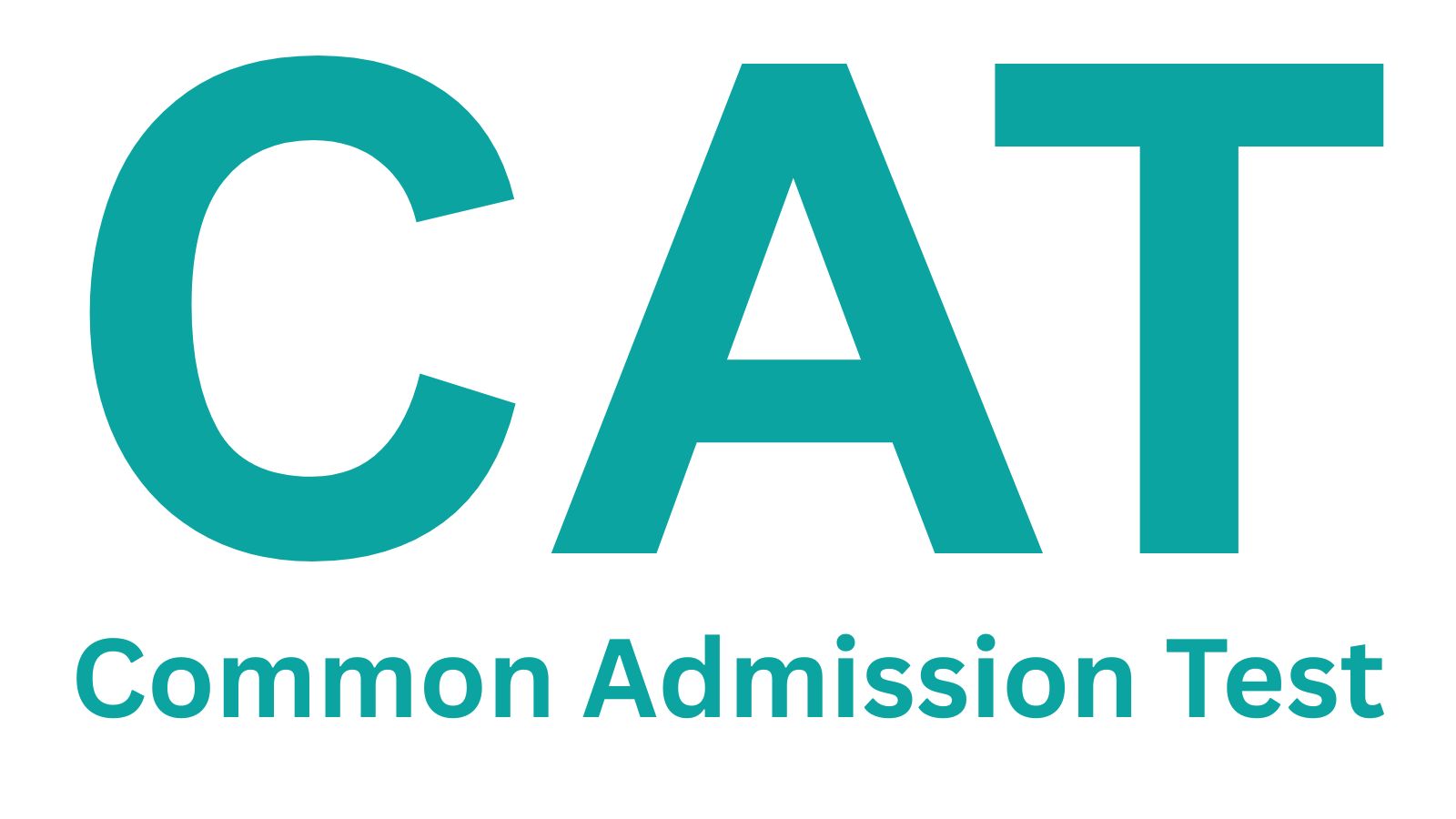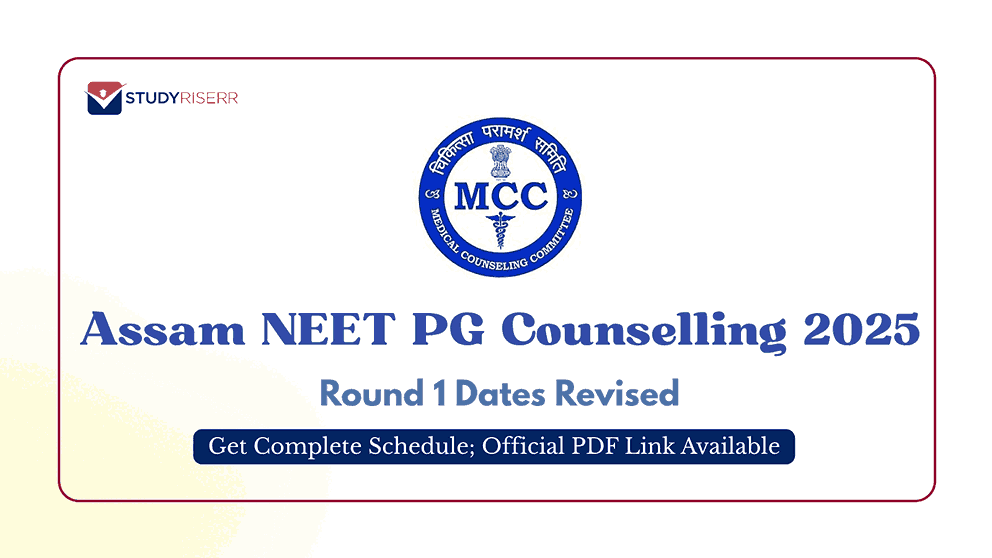CAT Latest Updates
- CAT 2025 Admit Card Released. See More
- CAT Exam 2025 will be conducted on November 30, 2025. Check Here
CAT Exam preparation 2025 requires a lot of planning with a proper strategy. CAT exam 2025 is one of the toughest among all management entrance tests in India, ranking alongside UPSC Civil Services, JEE Advanced, and GATE. It is also among the most challenging MBA entrance exams globally. Every year, lakhs of aspirants compete for limited seats in top IIMs, making the competition intense. The exam tests analytical thinking, logical reasoning, and problem-solving skills under strict time limits. Negative marking adds to the difficulty, making accuracy just as important as speed. For those who struggle with math or logic, the tricky questions can be even more challenging. Cracking CAT requires smart strategies, consistent effort, and a deep understanding of the exam pattern.
The secret to success in CAT exam lies in a balanced study plan. Aim to study six to eight hours daily, while working professionals should dedicate at least four hours on weekdays and eight hours on weekends. Even if you're attending coaching classes, set aside time for regular revision and practice. Read the article below to learn how to take CAT 2025 preparation with confidence.
CAT Exam Preparation Strategy 2025
A simple and effective CAT 2025 preparation strategy that anyone can follow to create a solid study plan is given below:
- Step 1: Begin by thoroughly going through the CAT syllabus, which includes Verbal Ability and Reading Comprehension (VARC), Data Interpretation and Logical Reasoning (DILR), and Quantitative Aptitude (QA). Familiarize yourself with the exam pattern so you know what to expect. This will help you plan your preparation wisely.
- Step 2: Gather the best CAT preparation books such as Data Interpretation & Logical Reasoning by Gautam Puri, PSC for VA for CAT by Nishit Sinha, Quantitative Aptitude by RS Aggarwal etc. recommended by experts, along with reliable study materials. The right resources will make a big difference.
- Step 3: Join online MBA study communities on platforms like YouTube, Telegram, Quora, Facebook, and WhatsApp. Interacting with fellow aspirants will keep you motivated and help clear doubts.
- Step 4: Create a study schedule that works for you. Plan your months, weeks, and days wisely. A well-structured timetable ensures steady progress.
- Step 5: Most importantly, stay committed to your study plan and preparation strategy. Success comes from staying consistent and disciplined.
CAT Exam Syllabus 2025
Many believe that CAT syllabus favors engineering students. However, apart from the Quantitative Aptitude section, candidates from non-engineering backgrounds can also crack other sections with enough practice. The Quantitative Aptitude section, though seen as challenging, mainly covers advanced math topics from Classes 9 and 10. A quick revision of the basics is all that's needed. Interestingly, engineering students often struggle with the VARC section due to its lengthy, complex, and inference-based reading comprehension passages. The important topics in the CAT 2025 syllabus are given below:
| CAT Syllabus | CAT Important Topics |
| Verbal Ability and Reading Comprehension | Para-jumbles, One-word Substitution, Reading Comprehension, Fill in the Blanks, English Grammar, Sentence Correction, Antonyms-Synonyms, Verbal Ability, Foreign Words, etc. |
| Data Interpretation and Logical Reasoning | Line Charts, Tables, Coding-Decoding, Bar Charts, Data Structures, Mixed Charts, Series, Blood Relations, Assumptions, Pie Charts, Family Tree, etc. |
| Quantitative Aptitude | Algebra, Geometry, Mensuration, Partnership (Accounts), Trigonometry, Ratios and Proportion, Surds and Indices, Time-Speed-Distance, In-equations Quadratic and Linear Equations, Percentages, Logarithms, Profit & Loss, Geometric Progression, Number System, Work and Time, Inequalities, etc. |
CAT Exam Pattern 2025
To score 100 or 99.99 percentile in the CAT exam, candidates need a clear understanding of the exam pattern. This helps them choose the right questions and maintain an overall accuracy of 80-85% while solving the paper. The table below outlines the key features of the latest CAT exam pattern
| CAT Exam Features | Details |
| Number of sections | Three - VARC, DILR, QA (to be answered in the same sequence) |
| Number of questions | 68 |
| Types of question | MCQ |
| Examination mode | Online |
| Sectional time-limit | 40 minutes |
| Total marks | 204 |
| Marks per question | 3 |
| Negative marking | 3 marks for each correct answer 1 mark will be deducted for incorrect answer |
| Exam duration | 120 minutes |
CAT Exam Preparation 2025 for VARC
Some preparation tips for CAT 2025 VARC are:
- Key Topics: Reading Comprehension (RC), Verbal Ability, Vocabulary, and Grammar.
- Reading Comprehension: Start early to develop strong reading habits.
- Verbal Ability: Practice sample questions regularly; it requires less time to master.
- Grammar & Vocabulary: Improve them gradually alongside other sections.
- Focus Areas: RC passages, parajumbles, odd sentence out, and para completion.
- Consistent Practice: Regularly solve RCs and verbal exercises to strengthen accuracy.
- Mock Tests: Attempt mock RCs and parajumbles closer to the exam for confidence.
CAT Exam Preparation 2025 for DILR
To score high in CAT Data Interpretation & Logical Reasoning (DILR) section, candidates need a clear understanding of basic concepts. Since this section focuses on data and logic, sharp observation skills and attention to detail are essential. Unlike other sections, DILR doesn't rely on formulas or theorems your success here depends entirely on practicing sample questions. Key topics include Tables, Line Charts, Pie Charts, Bar Charts, and Mixed Charts. Strengthen your mental math skills and use reliable CAT study material with plenty of practice questions to master this section.
CAT Exam Preparation 2025 for Quantitative Aptitude
The Quantitative Aptitude (QA) section is the final and most challenging part of CAT exam. It covers essential math topics like Algebra, Geometry, Trigonometry, and Mensuration. To excel in this section, candidates must have a strong grasp of concepts, formulas, and theorems. A solid understanding of Arithmetic and Algebra is especially important, as most questions come from these areas. Although an on-screen calculator is available during the exam, quick mental calculations can save valuable time. With the right strategy and consistent practice, candidates can master this section and boost their overall score.
CAT Exam Mock Test Practice 2025
The official website for CAT 2025, iimcat.ac.in, provides free mock tests. These official mock tests are made available a few days before the exam. Practicing CAT mock tests is a crucial part of the preparation journey. It is generally recommended to attempt around 40-45 mock tests to improve speed, accuracy, and application. However, this number isn't fixed. If a candidate consistently performs well in high-difficulty mocks, they can reduce the number. Focus on your own pace and capacity.
Start taking mock tests after completing the whole syllabus. Dedicate the second half of your preparation to practicing and analyzing these tests. Do a indepth analysis of the mock test results. It will help you to understand your progress and identify areas for improvement.
Avoid taking mock tests continuously right up to the exam day. In the final week before CAT 2025, attempt just one mock test to stay confident. No matter how you score in that last test, trust your preparation.
Tips To Enhance Performance for CAT Exam 2025
Some preparation tips to enhance CAT exam performance are given below:
- Download MBA preparation apps to study for the CAT exam anytime, anywhere.
- Since CAT tests speed and accuracy, practice plenty of question papers and mock tests to improve both.
- After each mock test, assess your performance and focus on strengthening weaker areas.
- Solve every question from your CAT study material at least three times to improve speed and discover shortcuts.
- Manage your time wisely, as each section in the CAT exam has a strict time limit.
- Be mindful of negative marking choose questions carefully to avoid unnecessary deductions.
- Read RC passages thoroughly and note key points instead of speed reading or reading questions first.
- Don't skip any topic, as sectional cut-offs impact your overall CAT percentile and selection chances.
- Practice time-bound mock tests regularly to sharpen your time management skills.
- Avoid over-preparing topics you've already mastered; focus on areas that still challenge you.
- Memorize tables up to 20, squares, cubes, and their roots for faster mental calculations.
- Spend an hour daily revising VA, LR concepts, and QA formulas until they come to you instantly.
- In the final phase of your CAT 2025 prep, concentrate fully on mock tests and revision to boost your score from 95 to 99 percentile.
How to Prepare for CAT 2025 by Self Study?
The tips to prepare for CAT 2025 by self study are given below:
- Learn the CAT syllabus and exam pattern in detail.
- Create a structured timetable for effective preparation.
- Rely on trusted books and online resources.
- Solve questions daily to strengthen concepts.
- Attempt mocks to get familiar with the exam format.
- Improve speed and accuracy with timed practice.
- Review mistakes after each mock test to improve.
- Focus more on topics where you struggle.
- Keep yourself motivated and stick to your study plan.
How to Prepare for CAT 2025 by Working Professionals?
The tips to prepare for CAT 2025 by working professionals are given below:
- Create a structured schedule that fits your work routine.
- Study during short breaks, early mornings, and weekends.
- Prioritize effective learning over long study hours.
- Attempt mocks and analyze mistakes for improvement.
- Manage time wisely to avoid burnout.
- Solve questions daily using reliable study materials.
- Stick to your schedule and keep up the momentum.
CAT Last 5 Years' Question PDFs with Answers
The link of slot-wise last 5 years' question pdfs with answers are given below:
Enjoy Extra Benefits with SR
Counselling
Processing fees on loan
Discounted Applications
GD PI preparation
Frequently Asked Questions
Ans: Many 99 and 100 percentilers begin their CAT preparation as late as May. If you’re a repeat candidate, starting in July 2025 can also work well. MBA experts share valuable insights on how long you should prepare for CAT 2025. Since the Common Admission Test (CAT) is known for its difficulty, having the right preparation timeline is crucial.
Ans: Scoring 100 percentile in CAT exam is a dream for many but tough to achieve. On average, only 9-11 candidates manage to reach this perfect score out of the lakhs who appear for the exam each year.
Ans: Candidates can prepare for CAT 2025 for free using a variety of helpful resources. These include live classes by experienced CAT faculty, marathon sessions, insights from CAT toppers, and access to India’s largest CAT preparation community. You’ll also find previous years’ question papers, topic-wise important questions for all three sections, a VARC cheat sheet, a Quant formula book, CAT quizzes, and much more to support your preparation journey.
Ans: The time needed to prepare for CAT varies from person to person. For candidates with an average academic background, it might take over a year. Those with a strong academic record can prepare in 6-8 months, while aspirants with an exceptional track record might need just 3-4 months.
Ans: CAT 2025 syllabus covers three main sections: Verbal Ability and Reading Comprehension (VARC), Data Interpretation and Logical Reasoning (DILR), and Quantitative Aptitude (QA). A clear understanding of these sections is key to effective preparation and a high score.
Are You Interested in CAT?


![Global Institute of Science and Technology - [GIST], Nadia](https://studyriserr.com/images/logo/17129440661488628291c321e09e068c6ac2956042241987f838Logoyfv1hi9.jpg)
![IBMR International Business School [IBMR-IBS], Bangalore](https://studyriserr.com/images/logo/17048139131584429079imbribs1.png)
![Saroj Mohan Institute of Technology [SMIT], Hooghly](https://studyriserr.com/images/logo/17129440571601798836Logo.jpg)
![Eminent College of Management & Technology [ECMT], Kolkata](https://studyriserr.com/images/logo/17129440651623749898Screenshot20210615145622.png)









![Dinabandhu Andrews Institute of Technology and Management [DAITM], Kolkata](https://studyriserr.com/images/logo/17129440651623853691headerlogo.jpg)
![IIM Bangalore [IIMB]](https://studyriserr.com/images/logo/1705405112IIMB Logo.jpg)

![Jamnalal Bajaj Institute of Management Studies [JBIMS], Mumbai](https://studyriserr.com/images/logo/1708686935college logo.jpg)
![Kingston Educational Institute [KEI]](https://studyriserr.com/images/logo/171294406716552105746d819583c73a4fcba9ef9a542784d4c9.jpg)
![Institute of International Trade [IITRADE], Kolkata](https://studyriserr.com/images/logo/17129440661501741083logo.jpg)






















.webp)
.webp)

